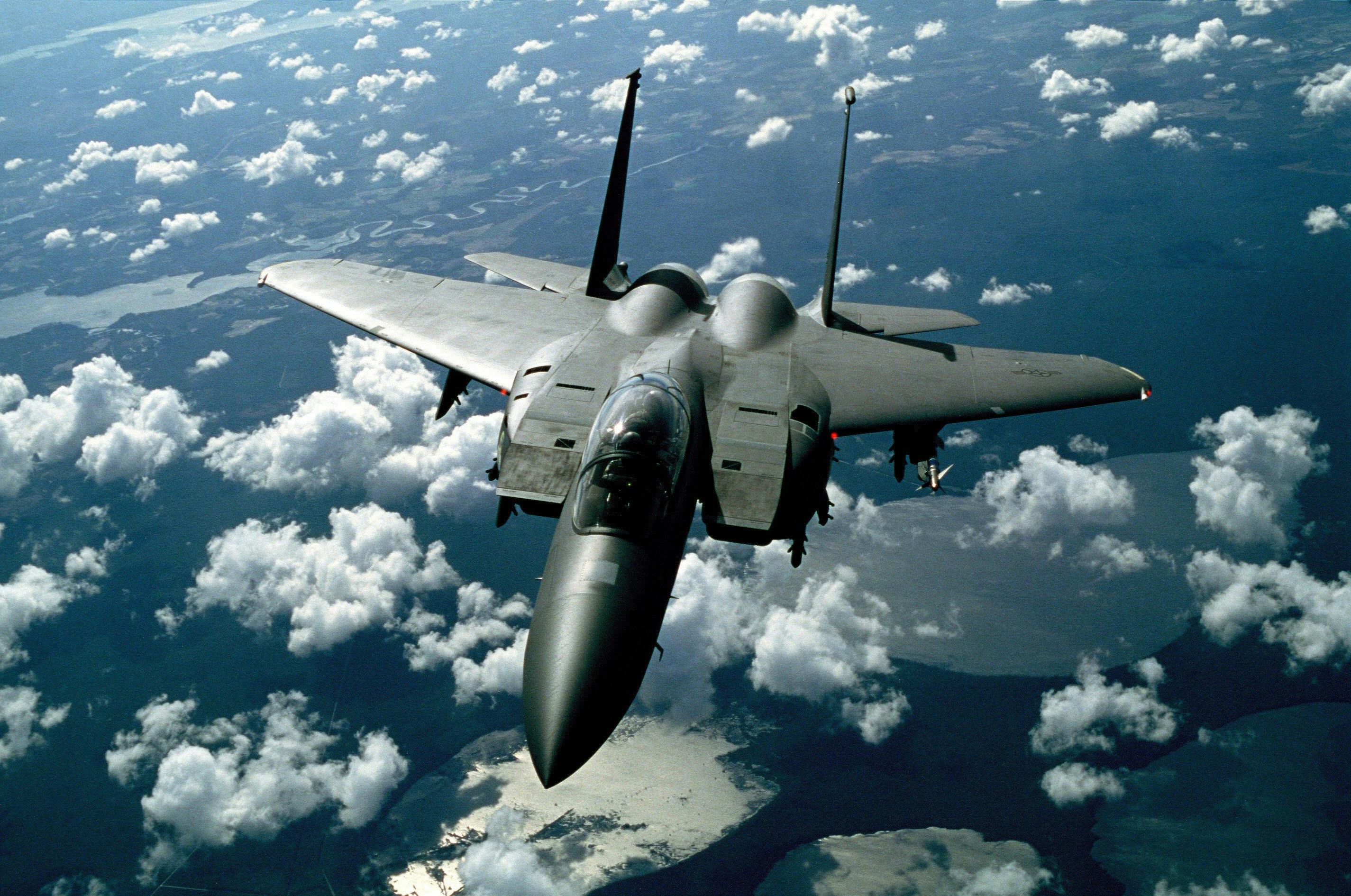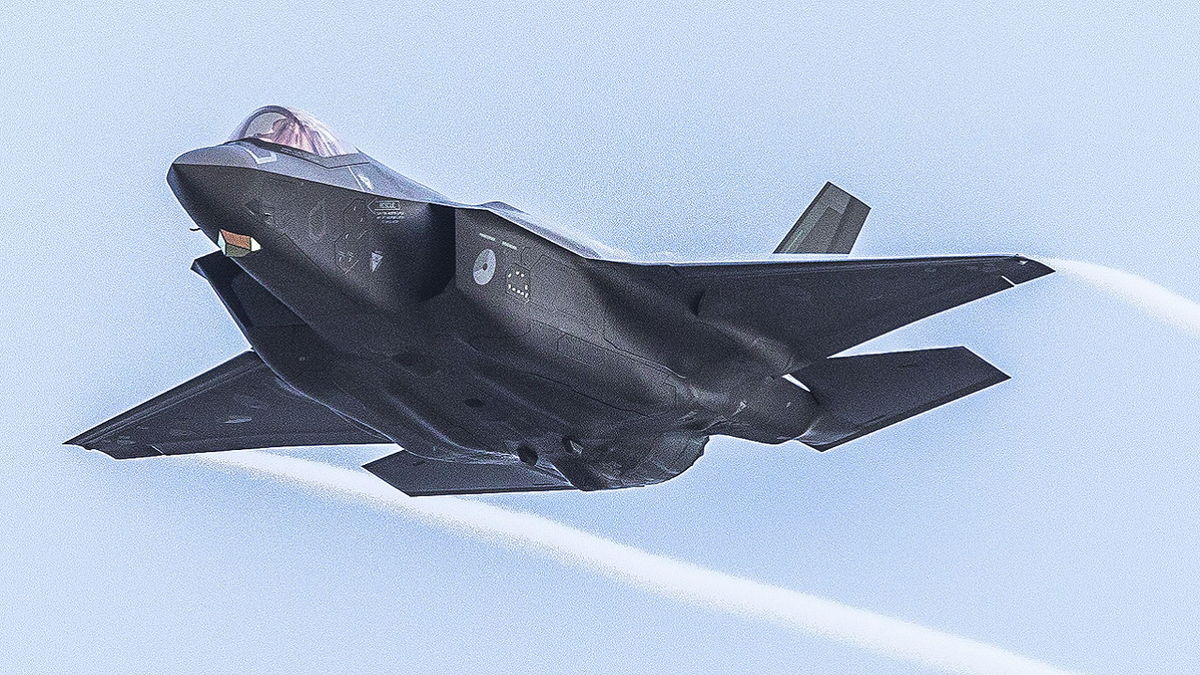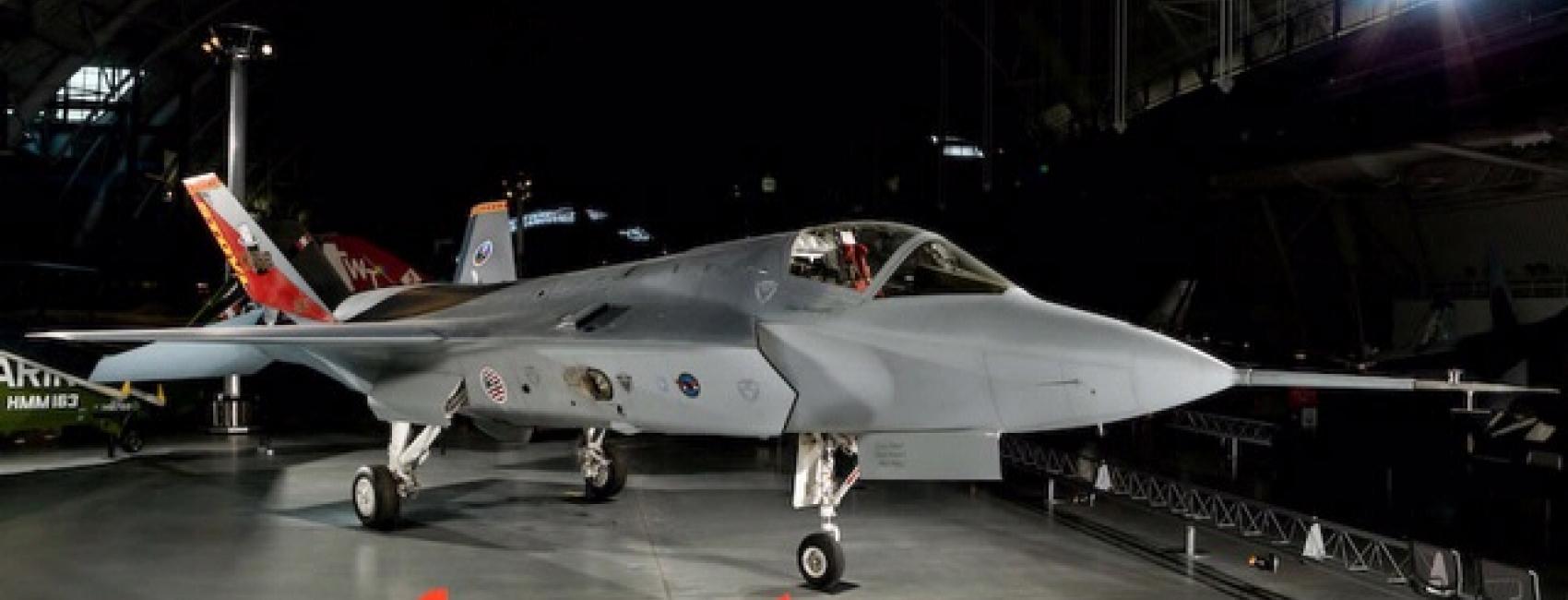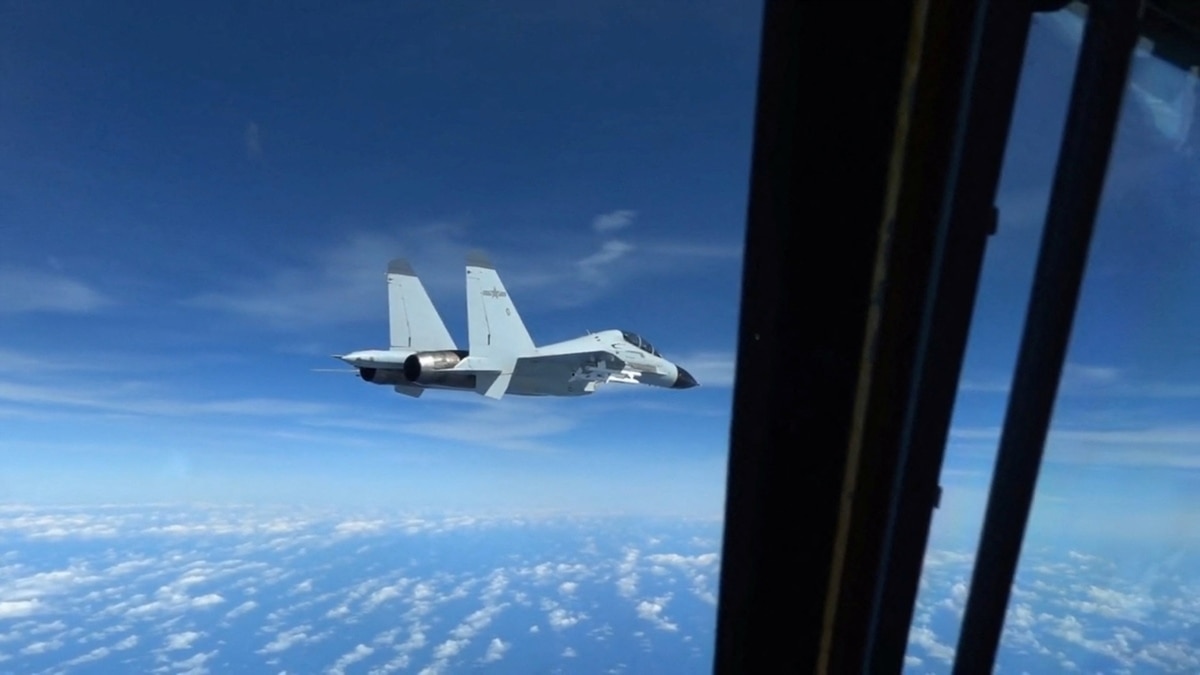Military Aircraft Pictures - Although the Air Force is replacing its E-3s with fewer aircraft, the E-7 is based on the Boeing 737-700NG, an aircraft currently in production, and with a high readiness rate—so the net result should be more aircraft available at
any one time. The 737 airframe is also used for the C-40 Clipper VIP transport and the P-8 Poseidon maritime patrol aircraft. The E-7 Wedgetail is equipped with a mechanical electronic scanning array (MESA) radar system that can detect targets in the air, and at sea, at ranges of up to 248 miles.
Military Aircraft Pictures

The radar is shrouded in a structure nicknamed the "top hat" that is 35.5 feet long, 11 feet high, and weighs three tons. Unlike the E-3—whose UFO-like radar shroud rotates in flight—the MESA radar stationary is able to focus its radar beams electronically in different directions.

What’s New With The E- Wedgetail?
The E-3 Sentry is no stranger to anyone following current events over the past 40 years. The E-3 is often one of the first aircraft the Air Force deploys during crises, similar to how an aircraft carrier is often one of the first naval assets to arrive on the scene.
E-3s were one of the first aircraft to arrive in Saudi Arabia in 1990 after Iraq's invasion of Kuwait, and E-3s managed the vast air armada that pounded Iraqi forces during Operation Desert Storm. E-3s have also flown in support of the NATO mission in Yugoslavia, the invasion of Iraq, Afghanistan, and other military operations with a major air component.

Controllers on the ground used to handle AWACS missions by using data from a ground-based radar, or on an ad-hoc basis with mission pilots themselves. U.S. forces in particular, however, tend to operate overseas, far from the continental United States, and even then often far from nearby friendly air bases.
This makes AWACS planes prime targets in a shooting war with a peer-level adversary, as removing them from the picture can cripple an air force's ability to fight. China's new PL-15 air-to-air missile, with a range of up to 124 miles, is designed to shoot down AWACS planes flying behind the main air battle.

AWACS planes further refined their role into flying battle managers, giving orders to nearby planes, as needed, to respond to enemy threats. An AWACS plane might, for example, task a nearby patrol of F-15C Eagle fighters to respond to an incoming flight of enemy fighters, and reroute a pair of F-35s on a strike mission to fly around the newly developed threat.
If a plane is shot down over hostile territory, the AWACS can centrally coordinate all aspects of the search-and-rescue effort, from vectoring in rescue helicopters to dispatching additional fighter jets to keep the enemy at bay.

The U.S. Air Force will replace its half-century-old E-3 Sentry aircraft with the new E-7 Wedgetail. The plane fills the crucial role of providing early warning and command and control to air forces that conduct missions beyond ground-based support, and are often the first assets to be deployed to hotspots worldwide.
Planes like the E-7 are absolutely critical in scenarios where the U.S. military must fight over vast distances, such as Europe or the Asia/Pacific. Airborne early warning and control (AWACs) aircraft like the E-3 and E-7 were originally built as flying radar stations, using their large, powerful radars to detect enemy aircraft before a smaller, less powerful fighter-mounted radar could do so.

This eventually led to the tactic of having friendly fighters switch off their radars, altogether—which could be detected by enemy forces—and relying on cues from AWACS planes. This can often result in a nasty surprise for enemy planes, as American fighters that know exactly where they are spring out of nowhere.
According to Reuters, the Air Force will purchase 26 E-7 Wedgetails from defense contractor Boeing. The aircraft will replace 31 E-3 Sentry aircraft. The Sentry, first developed and deployed in the 1970s, is growing increasingly old and, as Air and Space Forces points out, only about 60 percent of the fleet is mission-capable at any particular time.
The Air Force should receive its first E-7s in 2027. It's not clear how, if at all, American E-7s will differ from their Australian, Turkish, South Korean, and U.K. counterparts. counterparts, but the fact that the E-7 is also in service with those countries lowers risk and allows the Air Force to get the planes more quickly.
One thing that might change: the E-7's namesake, Wedgetail, is Australia's largest bird of prey. Whether or not the name will carry over to the American E-7 fleet remains to be seen. The E-7 is even a little bit of a spy plane.
Unlike the E-3, the E-7 can also perform electronic intelligence (ELINT) gathering missions, vacuuming up enemy surveillance, fire control, or other radar transmissions for analysis. These signals can be analyzed to determine how to identify, keep track of, and even jam enemy radar systems in a wartime situation.
free military aircraft pictures, pictures of military planes, vintage military aircraft pictures, us military aircraft images, russian military aircraft pictures, united states military aircraft pictures, military airplanes pictures, large military aircraft photos